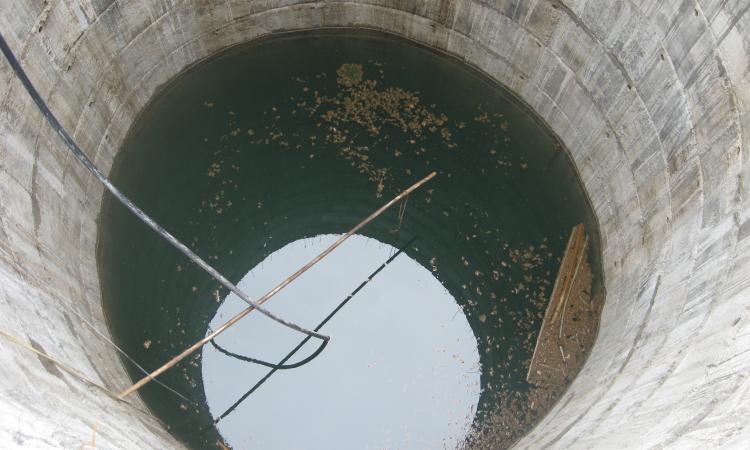
Open wells are one of the most important sources of drinking water, especially in Kerala’s coastal belt. Sadly, recent studies show that as much as 70% of these have been declared unfit due to faecal contamination.
Groundwater quality in Kodiyathur village, Kerala
The paper titled 'Sanitation mapping of groundwater contamination in a rural village of India' published in the Journal of Environmental Protection, describes the findings of a study conducted in Kodiyathur village of Kozhikode district, Kerala.
The aim was to assess the quality of groundwater in the village using microbial counts and its relationship with the distances of the wells to latrines. Geographic Information System (GIS) tools were used to demonstrate spatial relationships for a better understanding of problems and to help come up with possible solutions.
Kodiyathur village suffers from serious water problems. The village has access to piped water supplied from municipal treatment plants. But most of the treatment facilities fail to meet the water requirements of the community either due to lack of infrastructure or lack of maintenance and sometimes, merely because it is unable to cater to the increased population. Here, open wells assume immense significance as most households use them as the primary drinking water source.
Causal observation indicated that people live in crowded surroundings and most wells are situated close to latrines. Refuse dumps, pit latrines and open sewers were commonplace. Many of them were left uncovered and maintenance was not a priority. All these clearly suggest that the possibility of contaminants entering into the wells in the area was rather high.
Primary and secondary data collection
Information on the pattern of water-borne diseases was obtained from the Primary Health Care Centres (PHC) in the area while a household survey furnished information relating to water source, handling and the like. This was followed by water sampling and analysis. Houses, open wells and latrines in the selected wards were mapped using a hand-held Global Positioning System (GPS).
Significant findings
- High dependence on open wells: More than 95% of the residents from the study area depended on open wells for domestic needs. Bore wells were the second major source of water. Drying up of wells on the onset of summer was a common problem in the area.
- Simple treatment methods: Common methods of water treatment adopted by respondents included boiling, chlorination and filtration.
- High incidence of water borne diseases: Primary Health Centre data showed that acute diarrheal dysentery was the most commonly reported water-borne disease, followed by hepatitis. As high as 71% of the residents reported to have various water borne diseases had a well to latrine distance between 4 - 6 meters.
- High bacterial contamination: The results of bacteriological analysis of well water from the village showed that all the wells were contaminated with coliforms and other bacteria. Wells in this area were constantly exposed to contamination from human activities. The layout of the houses was such that the distance between wells and latrines were very minimal.
Water sourced from wells in different parts of the village was found to be unfit for consumption due to high levels of contamination. This was attributed mainly to the lack of adequate spacing between wells and latrines. Poor sense of hygiene only coupled the ill-effects.
The researchers argue that the problem of groundwater contamination via latrines is not isolated or specific only to this study area. Groundwater contamination due to ill-designed latrines close to groundwater sources is a general problem plaguing many parts of the country. It is, therefore, extremely important to set standards for location of wells and treatment of well water before direct use.
Please find a copy of the paper below.